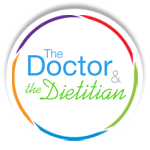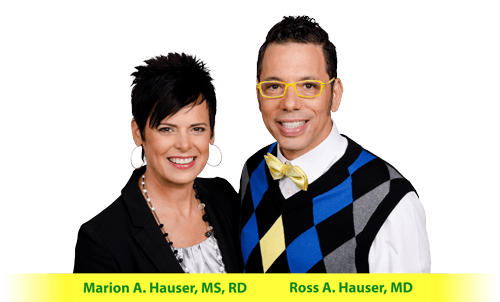The medical term for Candida is Candidiasis, and is more commonly known as a yeast infection. Approximately 75 percent of all women will have had at least one vaginal yeast infection during their lifetime. The yeast develops on the moist surfaces and mucous membranes of the body, including the mouth, throat and vagina. Although the fungus predominately overgrows in these localized areas, more widespread and deep-seated infection involving internal organs can occur.
A yeast infection occurs when the normal balance in the body changes and the yeast cells overgrow, which can happen as a result of a change in hormone levels or antibiotic consumption. This can reduce the bacteria that keep the yeast in check. Yeast thrives on sugar, and if sugar consumption is high, the yeast tends to overgrow. Worse yet, if blood sugar levels are elevated, yeast thrives even more. This is why yeast infections may be more common in diabetics. A final cause may be a lowered resistance to infection. Yeast infections can occur more frequently in people under stress or in individuals who have a condition that affects the immune system.
How do I know if I have Candida?
Many of today’s doctors do not recognize a fungal infection like candida because the condition can mimic a lot of different syndromes and conditions. Candida symptoms can include chronic fatigue, body aches, headaches, allergies, loss of balance, sugar cravings, poor memory and depression. If you think you have candida, natural medicine specialists will perform both a blood and a stool test. If the tests are negative but the symptoms are still present, you may be tested for a mold allergy or another type of fungal infection.
How do I get rid of Candida?
Many doctors will prescribe over-the-counter pain medications to alleviate the symptoms, but these drugs only exacerbate the problem, and can lead to leaky gut syndrome. Over time, these common pain medications cause inflammation in the intestinal wall, allowing ingested food particles to enter the blood stream and putting the body’s immune response mechanisms into hyperdrive. Between the body using up its energy to fight the yeast and the food particles ingested, the person becomes exhausted and can develop chronic flu-like symptoms.
The first thing to realize is that no matter what you do, your health will not improve unless you start eating well. You can pop as many Diflucan or use as much yeast infection cream as you want, but the fungus will reappear if you do not eliminate certain foods from your diet and add others that are missing.
foods to avoid:
• Sugar
• Alcohol
• Caffeine
• Fruit
• Refined white flours and grains
• Yeast
• Vinegar
• Fermented products
• Mushrooms, morels, and truffles
• Dairy Products
What about My Diet Type?
If you have had Diet Typing here at Caring Medical, you know that you are supposed to follow one of five Hauser Diets. The guidelines for a Candida Diet are very similar to the Lion diet. This becomes especially difficult if you type out to be a Monkey or Giraffe, which allows more carbohydrates. In these situations it is a good idea to come for a consultation. We can help you figure out how to combine the Candida Diet and your Diet Type!



